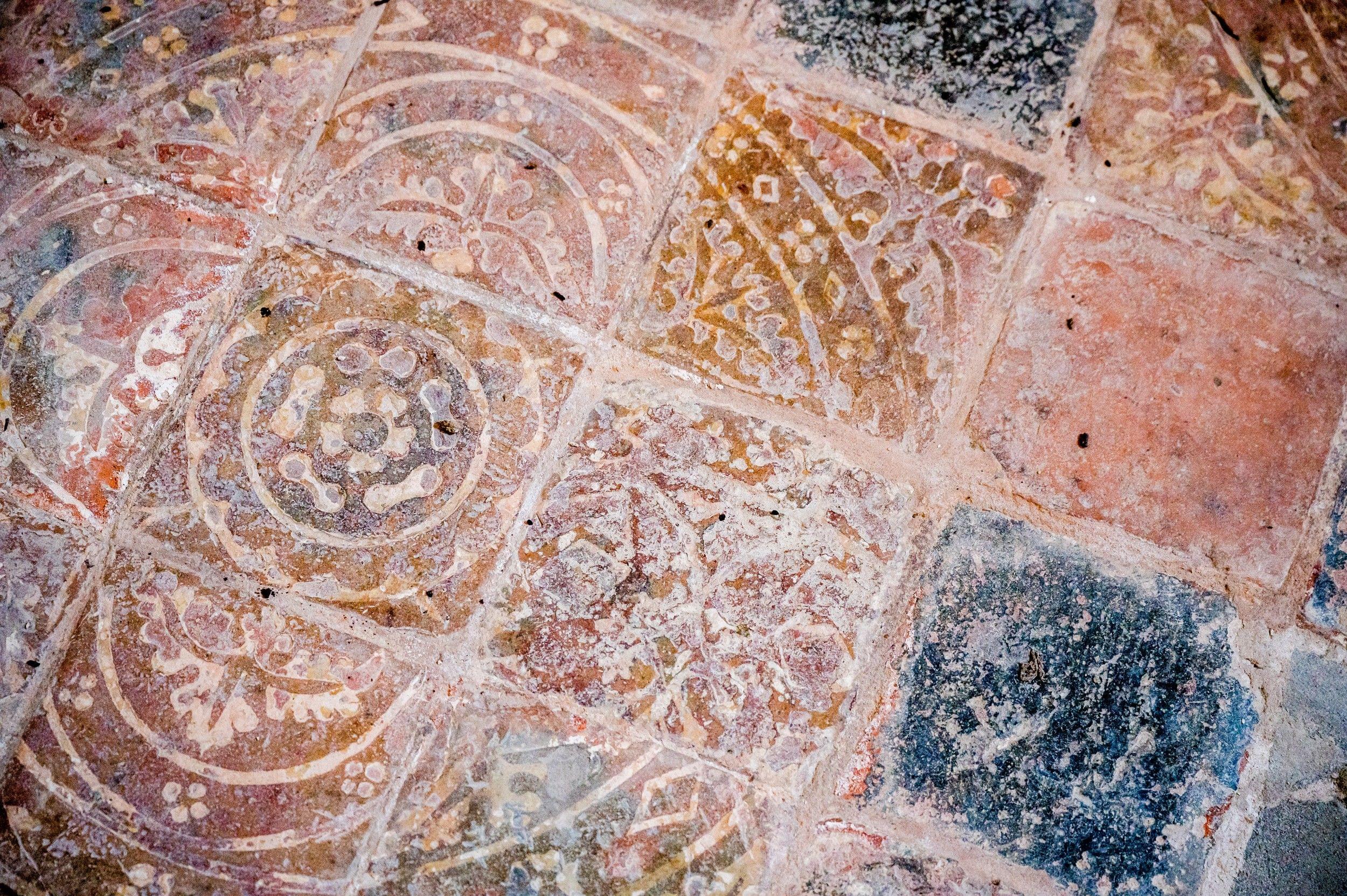St Leonard
Thrybergh, Yorkshire
St Leonard’s is a very interesting old church with Saxon origins dating back to 900AD as well as a number of periods of construction that can be seen in its walls, including signs of a Norman apse.

This gem of a church dates from the 18th century.
Ravenfield, Yorkshire
The name Ravenfield is of Norse origin and means ‘raven’s open field’. There was a medieval chapel on this site which was replaced in 1756 with the present church, designed by the York architect John Carr.
The porch has its original stone floor. The old vestry (now a kitchen) has a tablet commemorating the building of the church in 1756. There are scallop shell decorations which indicate the dedication of the church to St James the Greater. His famous shrine at Compostella in northwest Spain was near the sea shore.
There is some wonderful woodwork. The original seats were high boxed pews which were replaced around 1895. The altar was replaced in 1994, made from part of the reredos that originally covered the east window. The rails are original.
The oak lectern dates from 1895 and the Georgian pulpit has lovely carving. The east window is made from coloured glass, taken from the earlier window of 1811. It was restored to its present state in 1994.
The church contains five hatchments and a Royal Coat of Arms of George III. Hatchments are the armorial bearings of a deceased person. They were displayed outside the Hall for a period of mourning and then taken into church.
There are some interesting monuments, including one to Elizabeth Parkin who ordered the building in 1756. She was lady of the manor of Ravenfield from 1749 until her death in 1766.
The tower has a rare one fingered clock.
Thrybergh, Yorkshire
St Leonard’s is a very interesting old church with Saxon origins dating back to 900AD as well as a number of periods of construction that can be seen in its walls, including signs of a Norman apse.
Hooton Roberts, Yorkshire
The first church was built by the Normans shortly after 1100 AD. In spite of the need to extend, repair and replace over the centuries, parts of the original Norman church can still be seen today.
Thrybergh, Yorkshire
St Peter’s was opened in 1909, built for the growing population of the time.